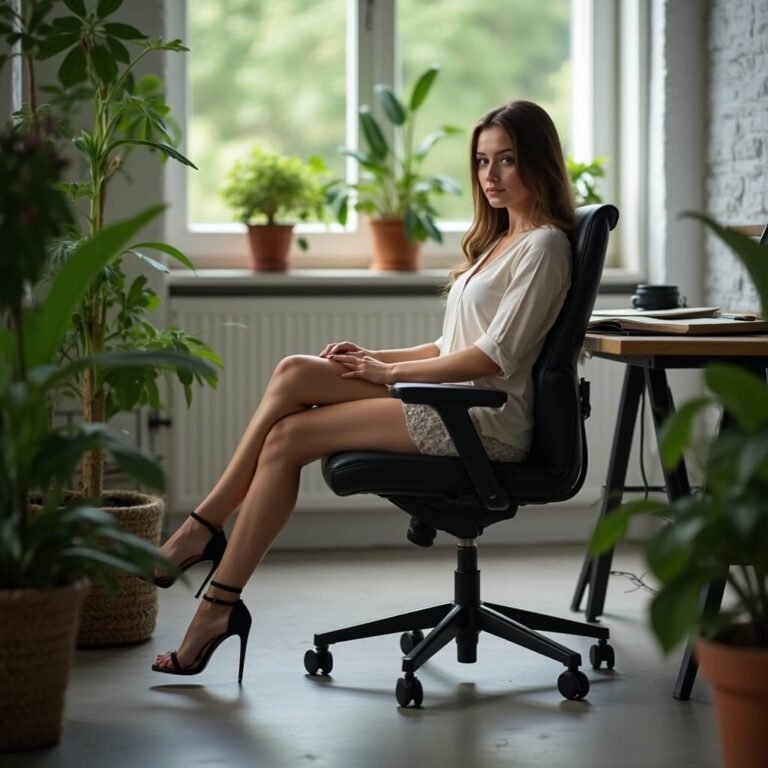Color mixing is the backbone of painting, allowing artists to create endless hues and tones. Whether you’re a beginner or an experienced artist, understanding how colors interact is key to mastering your craft. In this guide, we’ll explore the basics of color theory, essential mixing techniques, and pro tips for achieving the perfect shades.
Understanding Color Theory
Before diving into mixing techniques, it’s important to understand color theory. Colors are categorized into three main types:
- Primary Colors – Red, Blue, and Yellow (these cannot be created by mixing other colors).
- Secondary Colors – Orange, Green, and Purple (created by mixing two primary colors).
- Tertiary Colors – These are a mix of primary and secondary colors, such as Red-Orange or Blue-Green.
The color wheel is your best tool for understanding color relationships. It helps identify complementary colors (colors opposite each other), analogous colors (colors next to each other), and triadic colors (three colors equally spaced on the wheel).
Essential Color Mixing Techniques
- Mixing Primary Colors to Create Secondary Colors
- Red + Yellow = Orange
- Blue + Yellow = Green
- Red + Blue = Purple
- Creating Shades and Tints
- Adding White – Lightens a color (Tint).
- Adding Black – Darkens a color (Shade).
- Adding Gray – Muting colors for softer effects.
- Achieving Vibrant and Muted Tones
- Using Complementary Colors – Mixing opposites like Blue + Orange creates natural muted tones.
- Neutralizing Bright Colors – A touch of its complementary color can tone down overly intense shades.
- Layering vs. Premixing
- Premixing Colors – Gives consistency in large painting areas.
- Layering Colors – Creates depth and richness, especially in oil and watercolor painting.
Common Mistakes to Avoid
- Overmixing Colors – This often results in muddy shades. Mix lightly and test on a palette first.
- Ignoring the Paint Medium – Acrylic, watercolor, and oil paints have different mixing behaviors. Watercolors blend softly, while oils take time to mix thoroughly.
- Using the Wrong Brush – Softer brushes work best for blending, while stiff brushes help with texture effects.
Pro Tips for Effective Color Mixing
- Start with a Limited Palette
Begin with only primary colors, white, and black. This simplifies mixing and improves your understanding of color relationships.
- Use a Palette Knife for Precision
While brushes can mix colors, a palette knife ensures cleaner blends and avoids excessive streaking.
- Test Small Batches First
Before applying mixed colors to your painting, test on scrap paper to see how it appears when dried.
- Keep a Color Mixing Chart
Create a reference chart showcasing different blended colors for quick decision-making while painting.
Conclusion
Mastering color mixing for painting takes practice, but understanding color theory and applying effective techniques will significantly improve your results. Experiment with different combinations, avoid common mistakes, and embrace creativity to enhance your artistic journey
















